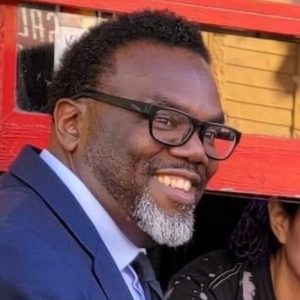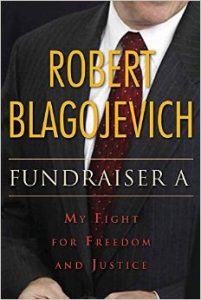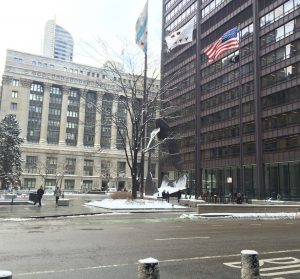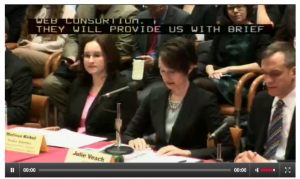By Rachael Koetsier
June 1, 2009 – Hyde Park on Chicago’s South Side is generally considered an upscale community with lakefront property, moderate-to-high-income households and the Midwest home of President Barack Obama.
But as the economy worsens, Hyde Park demonstrates that even a neighborhood with a median household income of $44,142 is not immune to the mortgage foreclosure crisis.
Ald. Leslie Hairston (5th) expressed her concern for her constituents at a foreclosure prevention and intervention seminar held in April.
“Hyde Park is right in the middle of the pack when it comes to foreclosures,” said Hairston. “We don’t have the most, but we definitely don’t have the fewest.”
According to Irma Morales of the Chicago Department of Community Development, there were 13,872 foreclosures in Chicago in 2007. That number rose to 20,592 in 2008 with 68 foreclosures in Hyde Park. The department expects the number to continue rising in 2009. According to the Woodstock Institute and EveryBlock.com, there have already been 21 foreclosures in Hyde Park this year.
“We all know the foreclosure crisis is a national epidemic,” said Gregg Brown, president of the South Side Community Credit Union. “But now we’re starting to see it hit closer to home, in our communities.”
In fact, some foreclosed homes in Hyde Park are abandoned. Paula Grantt, Business Development Officer at Shore Bank and a Hyde Park resident, said that when buildings sit abandoned in a neighborhood they can cause property values to drop and increase the crime rate of an area.
“It becomes a blight on the neighborhood,” said Ald. Hairston. “In our ward, we’re cracking down hard [on maintaining abandoned buildings]. You’ve got to have it secured, you’ve got to have it boarded-up, you’ve got to have it lit. We still have active people living in the community with these abandoned buildings.”
Hairston said banks that own the mortgages on the buildings will eventually be fined by the city if the properties are not kept up.
Mike van Zalingen of the group Neighborhood Housing Services of Chicago said that about 20 percent of foreclosures in the city will be prevented by homeowners who work with their lenders and applying for loan modifications.
Hairston said education and support are key in preventing and fixing mortgage foreclosures. “It’s not that people are unaware,” said Hairston. “It’s that they’re scared and embarrassed. Educated people who have always paid their bills on time are finding themselves losing their jobs and not being able to pay their mortgages. These are my constituents, people who have fallen on rough economic times and people on fixed incomes. These are the people I am trying to help.”











Be First to Comment